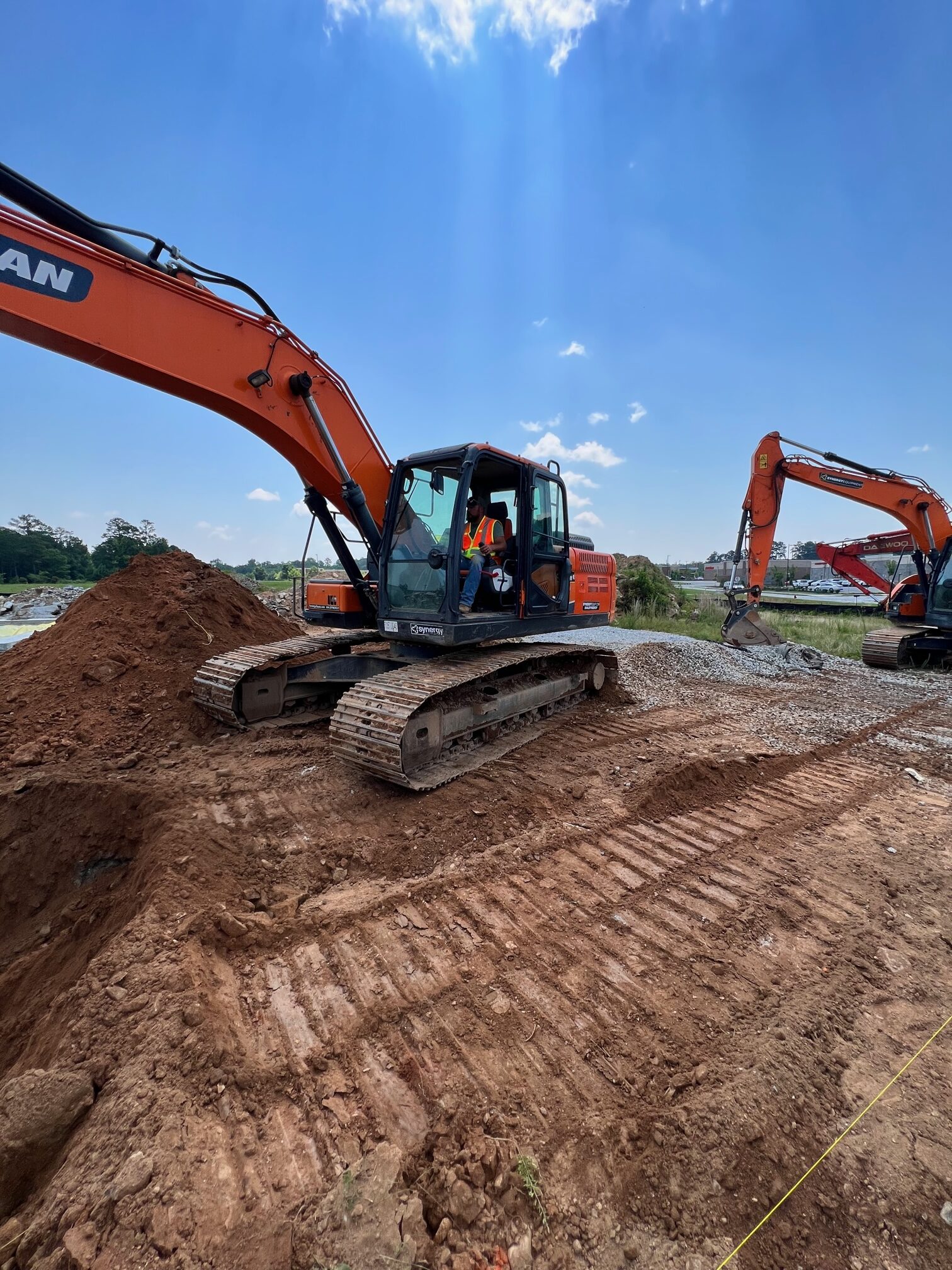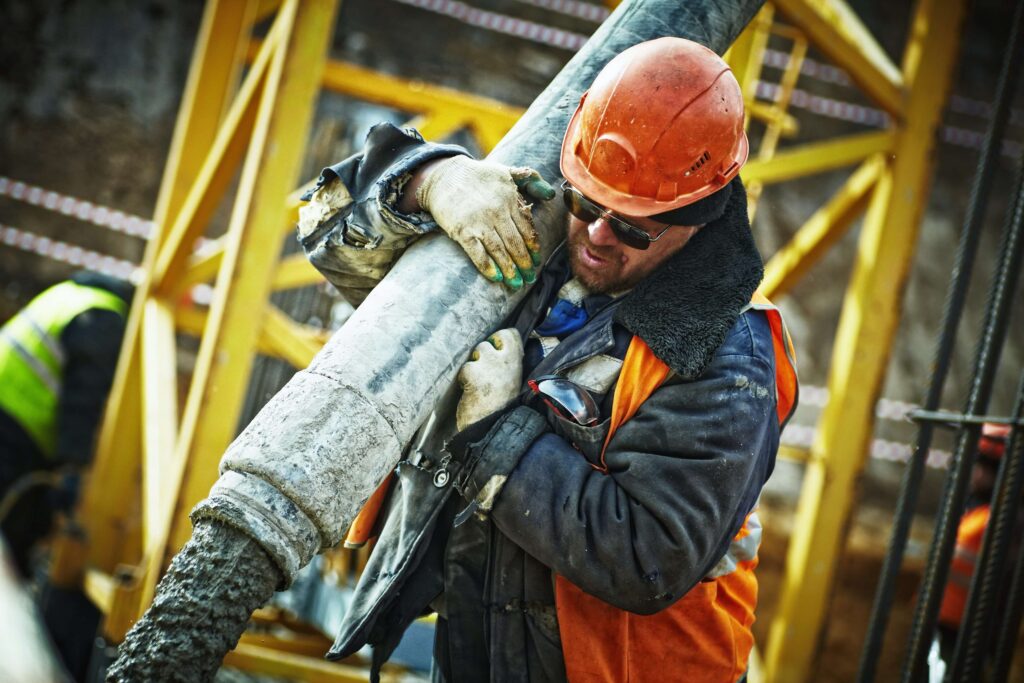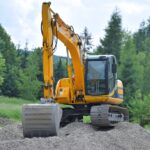
Understanding the Factors Influencing Excavation Costs
| Key Takeaways |
|---|
| Excavation costs are influenced by a multitude of factors. |
| Understanding these factors influencing excavation costs is vital for effective project planning and budgeting. |
| Soil type, site conditions, equipment selection, labor costs, environmental regulations, weather conditions, material management, and scope changes all significantly impact excavation costs. |
| Proper assessment and management of these factors can lead to substantial cost savings on excavation projects. |
| J Hodge Enterprises, with its wealth of excavation experience, presents this informative guide to help you navigate the complexities of excavation cost management. |
When it comes to excavation projects, understanding the factors influencing excavation costs is paramount. Whether you’re a property owner planning a construction project or a contractor managing excavation operations, a clear grasp of these factors can make a substantial difference in your project’s success and your budget’s bottom line. Welcome to part one of our comprehensive guide, presented by J Hodge Enterprises, where we dive into the key variables that significantly impact excavation costs.
For a more general guide on what excavation normally costs click here.
Soil Type and Composition
Soil Type Matters: Soil is the foundation of any excavation project, and its type can significantly affect your costs. Here’s why:
Excavation costs often start with assessing the soil type and composition of your project site. The characteristics of the soil, such as its density, moisture content, and cohesion, play a pivotal role in determining the complexity and effort required for excavation. Different soil types present various challenges and opportunities, leading to cost variations.
For a more in-depth understanding of soil types and their characteristics, consider exploring this article by BYJU’S.
Understanding Soil Types: Let’s explore some common soil types and their influence on excavation costs:
- Rocky Soil: Rocky soil, with its high resistance to excavation, often demands specialized equipment and longer project durations. This can substantially raise costs due to increased labor and equipment expenses.
- Sandy Soil: Sandy soil is generally easier to excavate compared to rocky soil. However, it can pose challenges in terms of stabilization and erosion control, potentially leading to additional costs. Learn more about sandy soil.
- Clayey Soil: Clayey soil retains moisture and can become heavy when wet, making it harder to excavate during rainy seasons. Dealing with clayey soil may require additional equipment and time, affecting costs. Discover more about clayey soil.
- Loamy Soil: Loamy soil is typically the most favorable for excavation as it offers a balance between ease of excavation and stability. Projects on loamy soil often have fewer cost-related surprises. Read more about loamy soil.
Cost Considerations: When estimating excavation costs, it’s crucial to account for the specific soil type on your site. Soil testing and analysis should be conducted early in the planning stage to accurately assess the soil’s characteristics and anticipate potential challenges.
Site Conditions and Accessibility
Navigating the Terrain
Site Conditions Matter: Your excavation project’s location and terrain can greatly influence the overall cost as one of the main factors influencing excavation costs. Here’s how site conditions come into play:
Site conditions encompass factors like the project’s geographical location, the accessibility of the site, and the surrounding terrain. These conditions can have a profound impact on excavation costs, both in terms of budget and timeline. Let’s delve deeper:
Location, Location, Location: The geographical location of your project can affect costs in various ways. For instance, urban projects often face higher land and labor costs compared to rural projects. Additionally, accessibility to resources and services can vary significantly based on location, which impacts logistics and expenses.
Terrain Challenges: The topography of your project site plays a crucial role. Sites with steep slopes or uneven terrain may require additional earthmoving and stabilization efforts, increasing costs. Similarly, areas prone to flooding or erosion can lead to added expenses for mitigation measures.
Accessibility Considerations: How easily can equipment and personnel access the site? Limited access can necessitate smaller equipment or more manual labor, potentially driving up costs. It’s essential to evaluate access points and plan accordingly.
Cost Planning: When considering site conditions, it’s important to conduct a thorough site assessment during the project’s planning phase. This assessment should account for location-specific challenges and outline strategies to mitigate potential cost overruns.
Equipment Selection: Optimizing Efficiency and Costs

The Right Tools for the Job
Equipment Matters: The choice of excavation equipment can have a profound impact on project efficiency and costs. Here’s why:
Excavation equipment is not a one-size-fits-all proposition. The selection of equipment should align with the specific requirements of your project. Using the right equipment can optimize efficiency, reduce labor needs, and ultimately lower costs. Let’s delve into the key considerations:
Matching Equipment to the Task: Different excavation tasks demand different equipment. Excavators, bulldozers, backhoes, and trenchers each have their own strengths and capabilities. Selecting the appropriate equipment ensures that the job is done efficiently and cost-effectively.
Size and Capacity: The size and capacity of the equipment also play a significant role. Oversized equipment can be more expensive to operate and may cause unnecessary wear and tear on your site. Undersized equipment, on the other hand, can lead to longer project durations and increased labor costs.
Maintenance and Upkeep: Proper maintenance of equipment is essential to prevent breakdowns and costly delays. Regular servicing and inspections can save you from unexpected expenses.
Fuel Efficiency: Consider the fuel efficiency of the equipment you choose. Fuel costs can add up over the course of a project, so opting for more fuel-efficient machines can result in substantial savings.
Rent vs. Buy: Depending on the scope and duration of your excavation project, it may be more cost-effective to rent equipment rather than purchasing it outright. Evaluate your project’s needs and duration to make an informed decision.
Labor Costs: The People Behind the Project

Labor Costs Matter: Labor is one of the significant factors influencing excavation costs, and optimizing it can lead to substantial savings. Here’s how labor costs come into play:
Labor costs encompass wages, benefits, and the productivity of your excavation crew. Efficiently managing labor can contribute to cost control. Let’s explore some strategies:
| Labor Costs Considerations | Description |
|---|---|
| Skill and Experience | Hiring experienced operators can increase efficiency and reduce the likelihood of errors that could lead to costly rework. Skilled operators are often more productive and require less supervision. |
| Staffing Levels | Maintaining the right number of workers for your project is crucial. Overstaffing can lead to unnecessary labor costs, while understaffing may cause project delays and added expenses. |
| Workforce Training | Providing ongoing training for your workforce can enhance their skills and safety awareness. Well-trained employees are more efficient and less likely to cause accidents that can result in costly setbacks. |
| Scheduling and Shifts | Efficient scheduling and shift planning can optimize labor usage. Consider factors such as overtime costs and the productivity of workers during different times of the day. |
| Safety Protocols | Emphasizing safety on the job not only protects your workers but also helps prevent accidents and costly interruptions to your project. |
| Subcontracting | Depending on the scope of your project, it may be beneficial to subcontract certain tasks to specialized companies. This can reduce labor costs and ensure high-quality work in areas outside your expertise. |
Conclusion
Presented by J Hodge Enterprises, this comprehensive guide has shed light on key variables that play pivotal roles in shaping your excavation project’s financial landscape.
From understanding soil types and site conditions to optimizing equipment selection and labor costs, we’ve covered essential aspects of excavation cost management. As a quick recap, here are some key takeaways:
- Soil Type and Composition: The type of soil at your excavation site can significantly impact costs. It’s crucial to assess and plan for the specific soil conditions early in your project.
- Site Conditions and Accessibility: The location, terrain, and site accessibility can present both challenges and opportunities. Proper evaluation and planning are essential to navigate these factors effectively.
- Equipment Selection: Choosing the right equipment for your project is vital. It can optimize efficiency, reduce labor costs, and contribute to overall cost control.
- Labor Costs: Managing your workforce efficiently can lead to significant cost savings. Factors such as skill, staffing levels, training, and safety play critical roles.
FAQs
Soil type significantly impacts excavation costs due to variations in density, moisture content, and cohesion. Understanding the soil type helps in estimating project complexities and cost implications.
Efficient labor cost management involves hiring experienced operators, maintaining appropriate staffing levels, providing workforce training, optimizing scheduling and shifts, emphasizing safety, and considering subcontracting for specialized tasks.
Choosing the right equipment is crucial for cost control. Proper equipment selection can enhance efficiency, reduce labor costs, and contribute to overall project savings.
To mitigate weather-related cost fluctuations, consider including weather contingency plans in your project budget. These plans can help address delays and extra costs caused by adverse weather conditions.
Read More
Learn how much it costs to Excavate Land
- DIY vs. Professional Excavation: Cost Analysis and Considerations
 Excavation projects are crucial for various construction and landscaping endeavors, …
Excavation projects are crucial for various construction and landscaping endeavors, …DIY vs. Professional Excavation: Cost Analysis and Considerations Read More »
- Regional Variations in Excavation Costs: What to Expect
 Key Takeaways: Key Takeaways 1. Understanding Regional Variations: Recognize that …
Key Takeaways: Key Takeaways 1. Understanding Regional Variations: Recognize that …Regional Variations in Excavation Costs: What to Expect Read More »
- Types of Excavation Equipment and Their Impact on Costs
 Key Takeaways: Key Takeaways Proper selection of excavation equipment is …
Key Takeaways: Key Takeaways Proper selection of excavation equipment is …Types of Excavation Equipment and Their Impact on Costs Read More »
- Comparing Excavation Pricing: Hourly Rates vs. Fixed Contracts
 Introduction In the world of excavation, comparing excavation hourly rates …
Introduction In the world of excavation, comparing excavation hourly rates …Comparing Excavation Pricing: Hourly Rates vs. Fixed Contracts Read More »
- Excavation Cost Estimation Methods: From Quotes to Budgeting
 At J Hodge Enterprises, we understand that one of the …
At J Hodge Enterprises, we understand that one of the …Excavation Cost Estimation Methods: From Quotes to Budgeting Read More »
